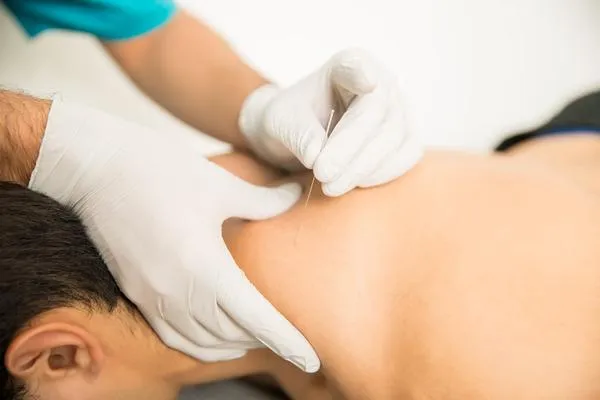
Dry Needling for Headaches and Migraines: An Effective Treatment?
Headaches and migraines are among the most common health complaints worldwide, affecting millions of people and often disrupting daily life. While medications are the most common treatment, they often provide only temporary relief and sometimes come with side effects. This has led many patients to explore alternative, drug-free therapies—one of the most promising being dry needling.
At NJ Rehab Experts, our physical therapists use dry needling as part of a holistic treatment plan to target muscle tension and trigger points that may be contributing to headaches and migraines. But how effective is it really? Let’s dive into the science, benefits, and what you can expect.
Understanding Headaches and Migraines
Before exploring how dry needling can help, it’s important to understand the difference between headaches and migraines:
Headaches: General pain in the head, scalp, or neck, often caused by muscle tension, stress, or posture issues.
Migraines: More severe and complex neurological episodes often accompanied by nausea, light sensitivity, and vision disturbances.
Common triggers for both include:
Muscle tightness (especially in the neck, shoulders, and jaw)
Poor posture
Stress and fatigue
Hormonal changes
Environmental factors (light, noise, smells)
What Is Dry Needling?
Dry needling is a modern therapeutic technique that involves inserting thin, sterile needles into trigger points—tight bands of muscle that can cause pain locally and in referred areas.
Unlike acupuncture, which is rooted in traditional Chinese medicine, dry needling is based on Western anatomical and neurophysiological principles. By targeting the neuromuscular system, it helps:
Release muscle knots
Improve blood flow
Reduce nerve irritation
Relieve pain
How Dry Needling Helps with Headaches and Migraines
1. Releasing Trigger Points
Muscle tension in the neck, shoulders, and upper back often contributes to tension-type headaches and migraine attacks. Dry needling relaxes these tight muscles, decreasing strain on the head and neck.
2. Reducing Nerve Irritation
Dry needling can calm overactive nerves that may be involved in migraine pain pathways, helping to reduce intensity and frequency of episodes.
3. Improving Blood Circulation
Better circulation means improved oxygen delivery to muscles and nerves, reducing the likelihood of headache-inducing spasms.
4. Stress and Tension Relief
Migraines are often triggered by stress. The relaxation effect of dry needling supports the nervous system in regulating stress responses.
5. Supporting Other Therapies
When combined with posture training, physical therapy, and lifestyle modifications, dry needling becomes even more effective in long-term headache and migraine management.

What to Expect During Treatment
Initial Assessment – Your physical therapist will review your medical history, triggers, and symptoms.
Targeted Needling – Fine needles are gently inserted into specific muscles (such as trapezius, suboccipitals, or temporalis) linked to your pain.
Muscle Twitch Response – You may feel a brief spasm or twitch when the needle hits a trigger point.
Post-Treatment Soreness – Some mild soreness may occur but usually fades within 24–48 hours.
Relief and Relaxation – Many patients report relief after just a few sessions.
Is Dry Needling Safe for Headaches and Migraines?
Yes—when performed by a licensed professional. Side effects are minimal and typically include:
Temporary soreness
Small bruising
Fatigue
It is generally safe, but patients with bleeding disorders, infections, or severe needle phobia should consult their healthcare provider first.
Benefits You Can Expect
Reduced headache frequency and severity
Less reliance on pain medications
Improved sleep quality
Better posture and muscle relaxation
Enhanced quality of life
Long-Term Outlook
Dry needling is most effective when combined with:
Postural corrections (especially for desk workers)
Stress management techniques
Stretching and strengthening routines
Lifestyle changes (hydration, diet, regular exercise)
Think of it as part of a comprehensive recovery plan, not a standalone cure.
Conclusion
Dry needling is a safe, effective, and drug-free way to address the underlying muscular and neurological factors contributing to headaches and migraines. By releasing trigger points, reducing nerve irritation, and restoring balance, patients often find lasting relief where medications fall short.
At NJ Rehab Experts, we provide customized dry needling therapy as part of a full rehabilitation program designed to help you live pain-free.
(212) 227-3233 | [email protected]
Learn more about our Dry Needling Services
